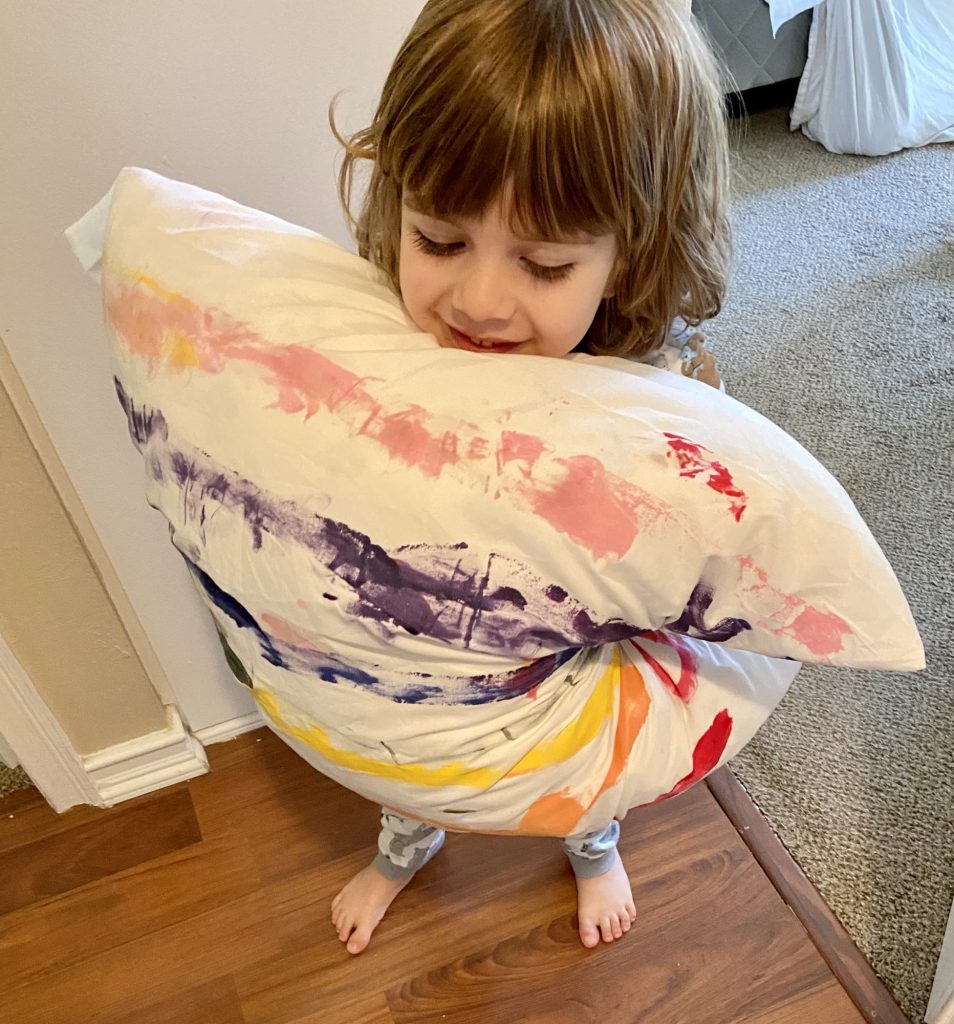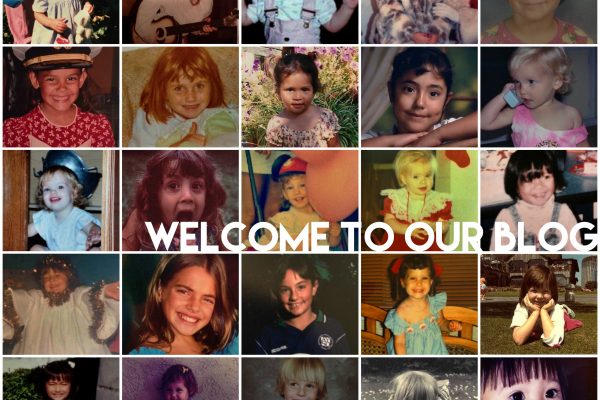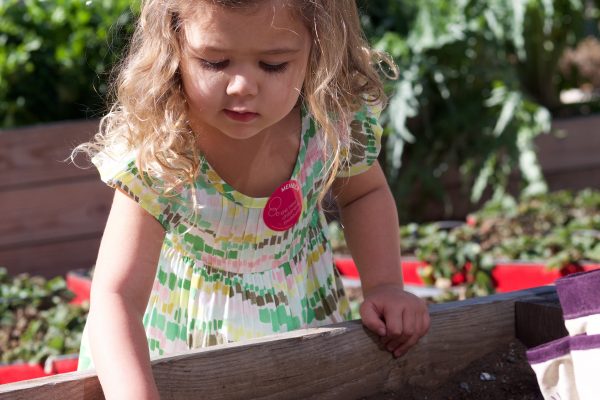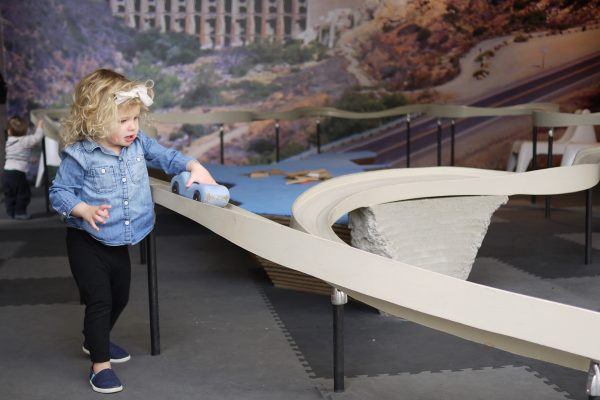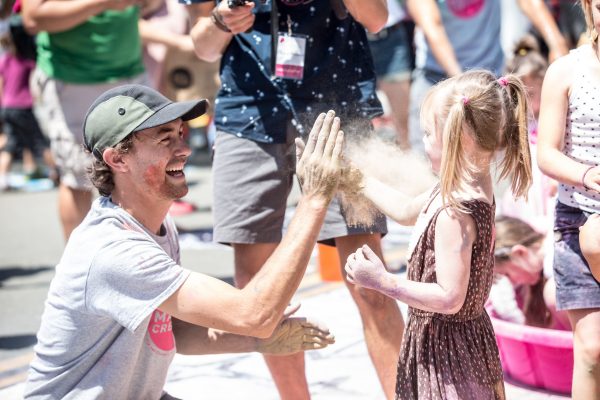toddler time at home: pillow hugs
A hug is a great way to express our emotions and bring comfort and joy to others. This ScholarShare 529 Toddler Time at Home project is a way for little ones to express themselves by creating a huggable and artful pillow inspired by emotions! Depending on the emotion, your child can create a pillow that encourages a specific feeling when hugging it.
directions
1. Gather your materials. Explore nontraditional art tools to encourage creativity and open-ended play. Think about what tools will build your child’s fine motor skills, offering a variety of objects or brushes with different handles and textures. Choose colors that can represent a range of emotions.
2. Talk about emotions and color. Have your child examine their reflection in a mirror and discuss what they see and feel. You can ask, “How are you feeling today?” “What makes you feel happy/angry/sad?” “What kind of faces can you make?” This encourages your child’s explorations and connections between feelings and facial expressions! Then choose an emotion to focus on. Look at the different colors together and let your child choose colors that represent that emotion. For example: Yellow can represent “happy” and red can represent “mad.”
3. Paint the pillow. Begin creating art on your pillow! Use different painting techniques such as dipping, drawing, splashing, patting, squishing and/or dabbing. Each painting/drawing technique or tool can also represent the emotion chosen in the previous step. For example, bouncing the paintbrush can represent “happy”, and slow brush strokes can represent “sad.”
4. Hug the pillow. After your child is finished painting or drawing on their pillow, let the pillow dry. Once dried, your pillow is ready for hugging when needed! Find a special place for the pillow for when your child needs a comforting or joyful hug!
Tips
- Find a pillow at the Dollar Store.
- Make your own pillow with repurposed shirts and stuff them with fluffy items/objects such as a blanket or more shirts.
- To preserve the pillow artwork with a protective layer, you can Mod Podge or use a glue and water mixture to paint a light layer over the artwork after it has finished drying.
Toddler to Transitional Kindergarten Learning Connections
Early learners (2-5) range in how they process and communicate their feelings whether it be non-verbal or expressing through words what they are feeling. This project is a way to meet your child at their level and engage together in an art-making experience that can encourage your child to explore and express different emotions. It is a great way to connect art to social emotional development. Plus, it allows little ones to squeeze and hug out their emotions! Reading a book together about emotions is another great way to build conversation and explore emotions when doing this project.
Recommended Reading:
- B is for Breathe by Dr. Melissa Munro Boyd
- Glad Monster Sad Monster by Ed Emberley and Anne Miranda
- The Feelings Book by Todd Parr
- How Do You Hug a Porcupine? by Laurie Isop and illustrated by Gwen Millward
Preschool Learning Foundations Standards (Social Emotional Learning and Visual Arts)
Age 48 Months:
- Describe familiar routines, inquire about the causes and consequences of behavior, and notice how people are similar and different.
- Create representative paintings or drawings that approximate or depict people, animals and objects.
- Use the intensity of marks and color to express a feeling or mood.
Age 60 Months:
- Begin to better understand people’s thoughts and feelings as well as their own.
- Understand differences in personality, temperament and background (e.g. culture) and their importance.
